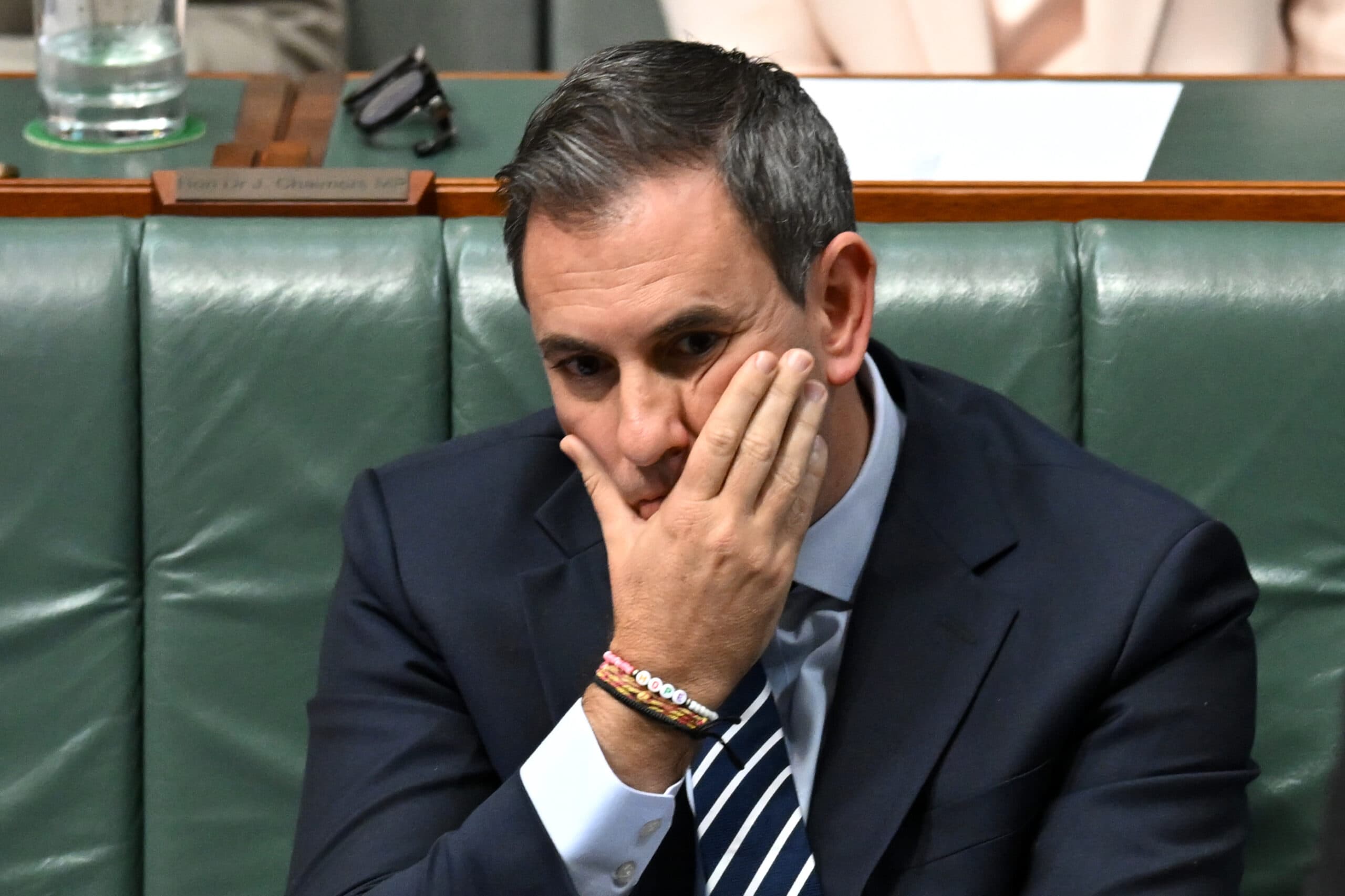The release of latest “Measuring What Matters” figures reveals we still have a very long way to go before developing a true wellbeing framework.
Tue 16 Sep 2025 00.00

Photo: AAP Image/Lukas Coch
The release on Monday of the latest “Measuring What Matters” figures by the Bureau of Statistics however reveals Australia still has a very long way to go before developing a true wellbeing framework, as the release is dominated by out of date and irrelevant data.
Back in 2020 the then-Shadow Treasurer Jim Chalmers proposed “Measuring What Matters”. It was a bold attempt to frame Australia’s economy as more than just GDP or the annual Federal Budget.
Chalmers argued that GDP “doesn’t capture the inspiration or education these buildings around us have given to young minds for over thirty years or the curiosity and imagination it spurred. My point is we don’t measure some of the things we value most, as well as we could.”
The wellbeing framework was his attempt to redress this by measuring aspects such as social cohesion, security, sustainability and prosperity rather than merely how much is produced and consumed.
Unfortunately, the result has not met the aim.
Australia still fails to measure much of that which is included in the wellbeing framework. For example, the framework attempts to measure mental health by citing the “proportion of adults experiencing high or very high levels of psychological distress”. This is a worthy metric, however the most recent figure comes from 2022 and the next most recent is 2017-18. Such a gap in data is woefully inadequate for measuring the impact of policies.
Similarly, under the category of Security, the wellbeing framework measures “Experience of violence: Living peacefully and feeling safe”. Again, this is a very important aspect of society. And yet the most recent data for all aspects of this category is from 2021-22. Not only is this data terribly out of date, it also encompasses the period of the COVID-lockdown and as such potentially provides an exaggerated or exceptional result.
As highlighted back in 2023, the wellbeing framework also suffers from failing to actually measure what matters. As Jack Thrower noted then, it does not have a measure of poverty – a truly astonishing absence. This oversight has not been addressed in this latest release.
The framework also continues to use “net national disposable income” to measure a “dynamic economy that shares prosperity”. As previously noted, because this include company profits, it more measures the prices Australia’s major exports rather than how much income households have.
A better measure would be household disposable income. As we can see over the past decade while the per capita measure of national disposable income has risen 13.8%, household disposable income has grown just 3.1%.
The major problem with the wellbeing framework is, however, that it has merely become a release of data with no announcement or explanation.
Just as it would be unacceptable for the Treasurer to stand up in May to deliver the Budget by simply releasing a series of numbers with no context, neither should we accept the Treasurer apologising that they didn’t have the most recent figures, so we would just have to be content with what the figures released were actually from 3 years ago.
To be a true wellbeing framework, the Government needs to commit to funding the measurement of the metrics it deems ‘matters’ and more importantly, incorporating them into government policy and the annual Federal Budget. Only doing so will it achieve Jim Chalmers’ aim he stated in 2020 of a “better measure of what matters” in order to “know where policy is working and where it’s failing.”